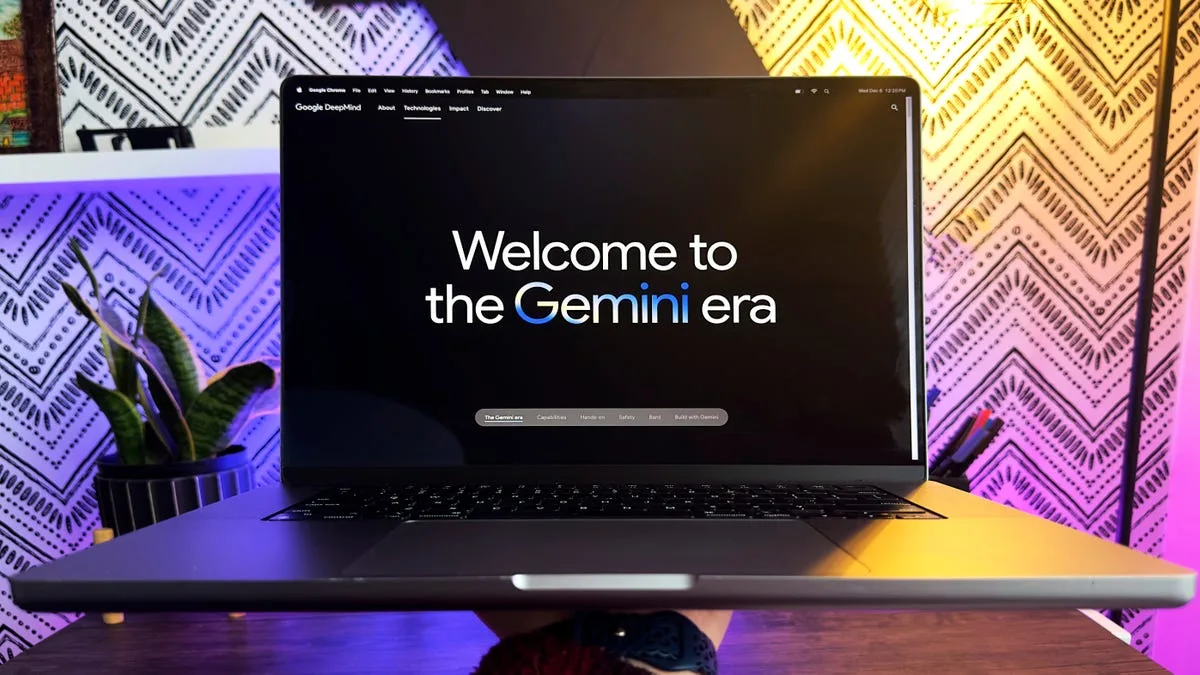The AI Revolution: Redefining Effort and Insight in Education
How One Student’s Experience Sparked a Debate
When Yugantar Gupta, an MBA student at IIM Ahmedabad, shared his experience on LinkedIn about using ChatGPT for a marketing project, he likely didn’t foresee the whirlwind of discussion it would trigger. His post, revealing that he received an A+ for a largely AI-generated report, has prompted widespread applause, skepticism, and a critical examination of what it truly means to learn in the age of artificial intelligence.
Breaking the Norms: A+ Without the All-Nighter
Gupta’s journey began with a bold admission: “I wrote my entire project using ChatGPT. It got an A+.” In an environment where high grades are rarely given, this revelation raised eyebrows among peers and educators alike.
Unlike his classmates, who spent countless hours in late-night study sessions, Gupta approached his assignment on the cosmetics market with a unique strategy. Using a smartphone, he visited eight retail stores and took on the role of a customer shopping for gifts. He meticulously recorded detailed interactions and sales pitches, turning these raw field notes into voice memos later transcribed for AI processing.
With ChatGPT’s assistance, his project transformed into a polished and articulate marketing report, earning approval from faculty members who recognized its quality.
Acknowledging the Unease
What makes Gupta’s experience intriguing is his candid reflection on the process. “I hadn’t even spent that much time on this,” he confessed. “It felt almost wrong to receive a medal for something I didn’t labor over in the traditional sense.”
AI in the Classroom: Taboo or Tool?
At IIM Ahmedabad, the use of AI tools like ChatGPT is neither prohibited nor frowned upon—it’s part of the learning experience. Gupta expressed astonishment when Turnitin, which is typically used to detect plagiarism and AI content, provided a report with no red flags regarding his project.
Instead, a professor highlighted a pivotal truth: “No one is going to pay you anymore for researching or writing reports from the internet. ChatGPT already does that better, faster, and for free.” This revelation underscored the notion that the value of students now lies in what AI cannot replicate: first-hand observations, real conversations, and original insights.
The Imperative of Real-World Learning
Gupta concluded his post with a relevant quote from startup mentor Steve Blank: “Get out of the building.” This served as a reminder to other students that true value emerges not from extensive prompts and polish, but from engaging in real-world experiences.
His key advice for peers navigating this evolving landscape was clear:
- Spend less time writing—focus on reviewing AI outputs.
- Don’t humanize AI content—engage with real human interactions instead.
- Break out of echo chambers—connect with others and learn from diverse perspectives.
Social Media Reactions: A Mixed Bag
The response to Gupta’s post was a blend of enthusiasm and concern. Many praised his honest and experience-driven approach. “AI can accelerate the process, but human curiosity and outreach are irreplaceable,” noted one supporter.
However, critics raised important points regarding the implications of AI in education. “You missed the joy of writing the report, but chose to write this post,” one commentator remarked. Another questioned the integrity of academic evaluations in an AI-dominated environment: “How can professors effectively evaluate work when AI is so pervasive?”
In defense, Gupta argued that detection tools like Turnitin continue to work effectively, ensuring that AI-generated content is flagged when necessary. He emphasized that, although ChatGPT crafted the report, it was based on original research—a subtler distinction he believes is essential.
Rethinking Education in an AI-Driven World
Gupta’s viral post has sparked a larger conversation about the shifting landscape of education amidst rapid advancements in AI technology. It raises critical questions for institutions: If AI is accepted, what constitutes original work? More importantly, how can educators teach students to think critically rather than merely prompt for results?
As Gupta’s story illustrates, the focus should perhaps shift from resisting technological tools to clearly defining what effort, insight, and originality mean in an AI-assisted educational framework.
Questions and Answers
- What did Yugantar Gupta achieve by using ChatGPT for his project?
He received an A+ for a marketing report that was largely generated by AI, which sparked a debate on the implications of AI in education.
- What unique approach did Gupta take for his project?
He visited retail stores, recorded customer interactions, and used those observations as raw material for ChatGPT to create his report.
- How did his professors react to his use of AI tools?
The professors accepted AI usage and emphasized the importance of original insights that AI cannot replicate.
- What advice did Gupta offer to his fellow students?
He suggested focusing on reviewing AI outputs, engaging in real conversations, and connecting with diverse perspectives instead of relying solely on AI-generated content.
- What broader questions does Gupta’s experience raise about education?
It prompts discussions about what constitutes original work and how to teach critical thinking in the context of AI tools.







